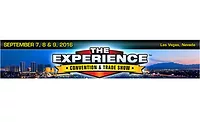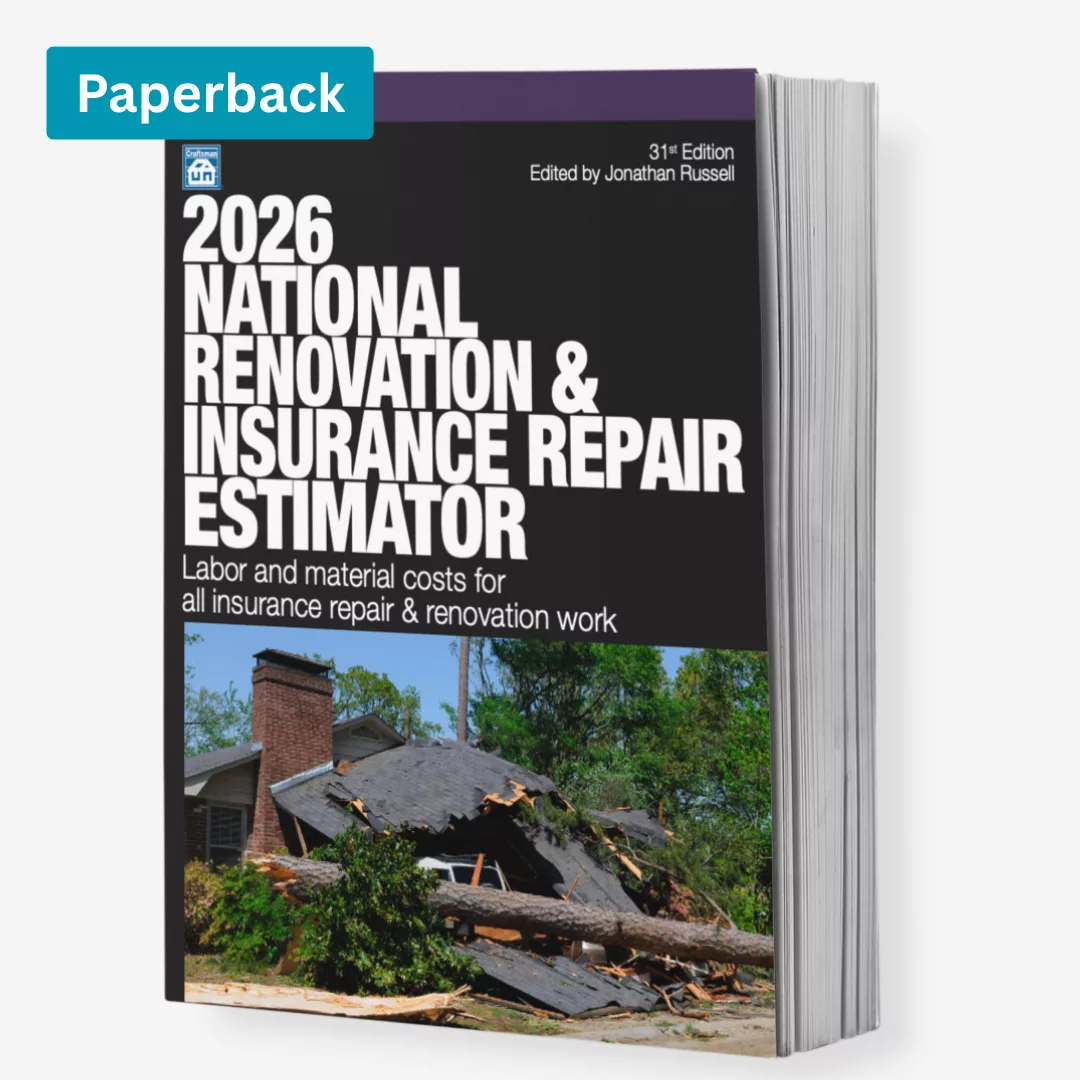New GOP Tax Plan Encourages Investments in New Equipment, Technology

As you read through his analysis below, it becomes obvious to restoration contractors that now is the time to invest in expanding their operations or introducing new service offerings, such as contents restoration. Under the new law, restoration contractors will be able expense up to $1 million in asset investments in 2018. This presents an ideal opportunity to replace end-of-life drying equipment, upgrade outdated technology or invest in the latest technology for contents restoration, including ultrasonic cleaners for hard contents, electronics cleaning technology, or hydraulic-based washing systems.
[*See the Case of the 1,000-Pound Stack of Smoke-Filled Clothes]
Last December’s tax reform bill, the Tax Cuts and Jobs Act (TCJA), contained a number of tax breaks, including several provisions that will impact equipment acquisitions -- limited deductions for interest expenses for many incorporated restoration contractors, like-kind exchanges limited to real property and, on the plus side, a 100% write-off for the cost of acquiring new equipment or technology.
Unlike in past years when restoration contractors were required to claim depreciation, spreading the recovery of their equipment costs over several years, many businesses will be able to fully and immediately deduct the cost of certain equipment. What’s more, this provision has been made retroactive to Sept. 27, 2017.
The TCJA increased the prior 50% “bonus” depreciation write-off to 100%, at least through Dec. 31, 2022. For 2023, that amount drops to 80%, and from there, in steps, 20% for property placed in service before Jan. 1, 2027. Two significant changes to the bonus depreciation rules mean both new and used assets now qualify and the new law will also now allow bonus depreciation for cars and light trucks.
Section 179, the first-year expensing write-off, remains a popular option and provides another opportunity for restoration contractors and other businesses that actually need equipment. The immediate Section 179 write-off, or “expensing” of capital assets is appealing because, unlike so-called “bonus” depreciation, the use of equipment doesn’t have to begin with the restoration contractor’s business.
Prior to the passage of the TCJA, a restoration contractor was allowed to expense and, thus, immediately, deduct the cost of business assets to the tune of $510,000, with the maximum deductible amount reduced, dollar-for-dollar, as additional assets placed in service exceeded $2,030,000. Thanks to the new law, restoration contractors will now be able to expense up to $1 million in asset costs in 2018, with the new phase-out amount set at $2.5 million.
Although both Section 179 and bonus depreciation offer 100% write-offs, many may believe that records are no longer required. These write-offs are more like taking all the allowable depreciation in one year. Should the asset be sold or otherwise disposed of, some or all of the deduction may have to be “recaptured” or paid back. Best approach: treat these write-offs like any other fixed asset.
Applying TCJA to Vehicles
Buyers of passenger vehicles used for business purposes can now deduct up to $10,000 in the first year, up from the previous limit of $3,160. For passenger automobiles placed in service after 2018, these dollar limits are indexed for inflation. And for those eligible for bonus first-year depreciation, the maximum first-year depreciation allowance remains at $8,000.
Applying TCJA to LLC vs. Incorporation
Thanks to the just passed Tax Cuts and Jobs Act (TCJA), the tax rate for incorporated businesses was reduced from its former 35% rate to 21% -– for the 2018 tax year and thereafter. Unfortunately, while trying to level the playing field between incorporated businesses and the popular “pass-through” businesses, a new 20% deduction from the income passed onto the personal tax returns of limited liability company (LLC), S corporation and partnership owners has created uncertainty. Little wonder some restoration contractors are considering switching to regular corporations, double taxation and all.
Applying TCJA to Deductions
The TCJA created a 20% deduction that applies to the first $315,000 of pass-through income (half that for single taxpayers). However, the TCJA placed limits on who can qualify for the pass-through deduction with strong safeguards to ensure that so-called “wage income” does not receive the lower marginal tax rates for business income.
So, while the new law provides a 20% deduction from pass-through income, above the cap it is only for “business profits.” Business income means “reasonable compensation” must be used to reduce amounts pass-through to owners. This can mean many pass-through owners could be taxed at the new top personal tax rate of 29.6%.
In the past, with a few exceptions, interest expense has always been tax deductible. Now, the TCJA has capped the deduction for interest expense at 30% of the adjusted taxable income of a business. A special rule applies to pass-through entities that require the 30% determination to be made at the entity level rather than at the tax filer level.
Other exceptions exist for small businesses, generally those with gross receipts that have not exceeded a $25-million threshold for a three-year period, protecting their ability to write off the interest on loans that help them start or expand a business, hire workers and increase paychecks.
Lawmakers long-ago created a unique 20% tax rate as part of a parallel tax system that limited tax benefits to prevent large-scale tax avoidance. Under this system, incorporated businesses were required to calculate both their ordinary tax and the Alternative Minimum Tax (AMT), paying whichever was higher. Fortunately, the Corporate AMT has been eliminated, reducing the tax bills of many restoration contractors while making many tax benefits such as accelerated and bonus depreciation, formerly penalized under the AMT rules, more rewarding.
Obviously, there are many more changes among the provisions of the massive, TCJA. All restoration contractors and businesses with average annual gross income of less than $25 million may now use the simple cash-basis accounting method. Net operating losses can no longer be carried back to produce refunds of previously-paid taxes, while the frequently overlooked and often misunderstood Research & Development (R&D) Tax Credit has been preserved.
All-in-all, the Tax Cuts and Jobs Act appears to favor businesses over individuals. However, while the potential savings won’t be seen by many restoration contractors until the tax bill for 2018 comes due, now is the time to seek professional advice and make capital investments in new equipment.
Looking for a reprint of this article?
From high-res PDFs to custom plaques, order your copy today!







